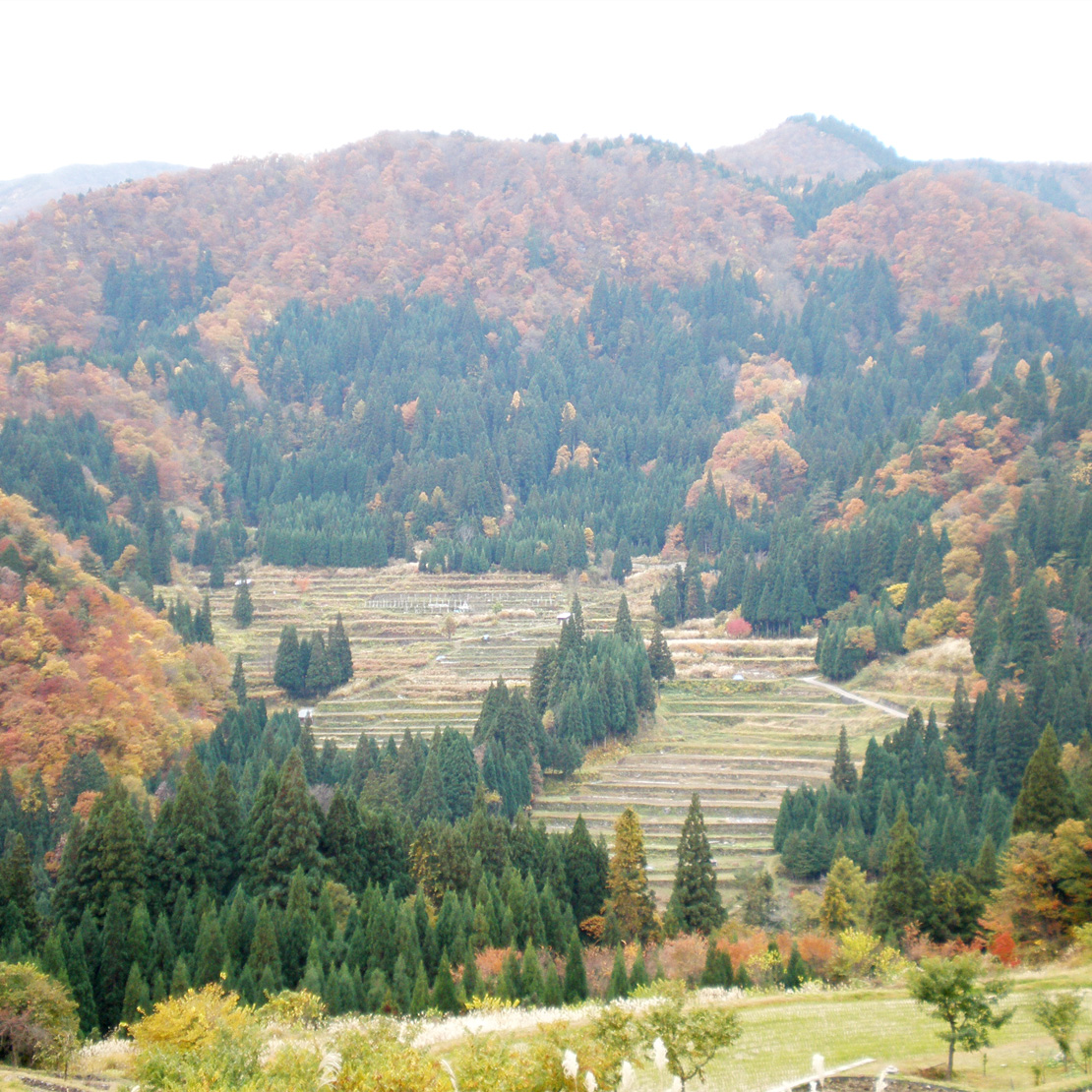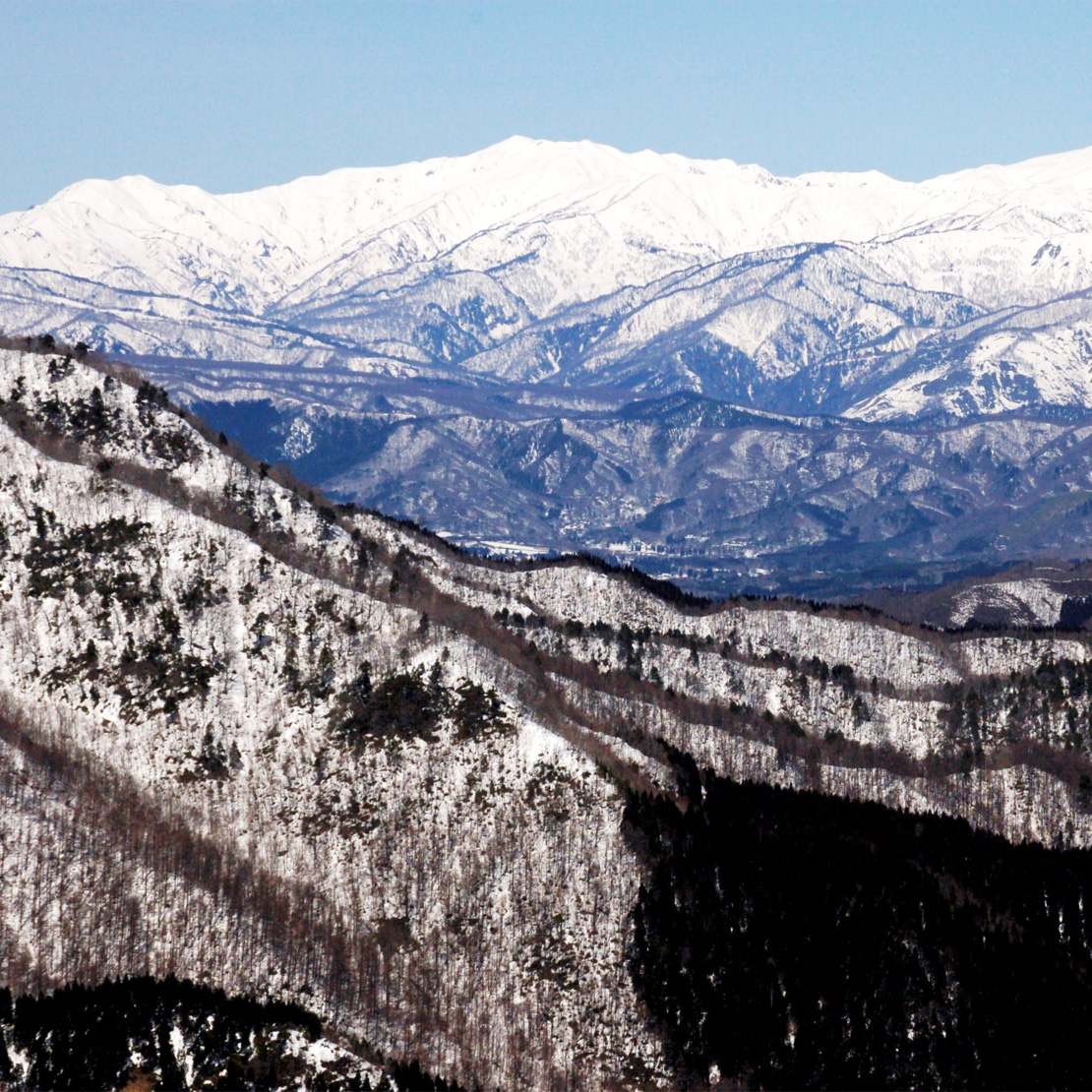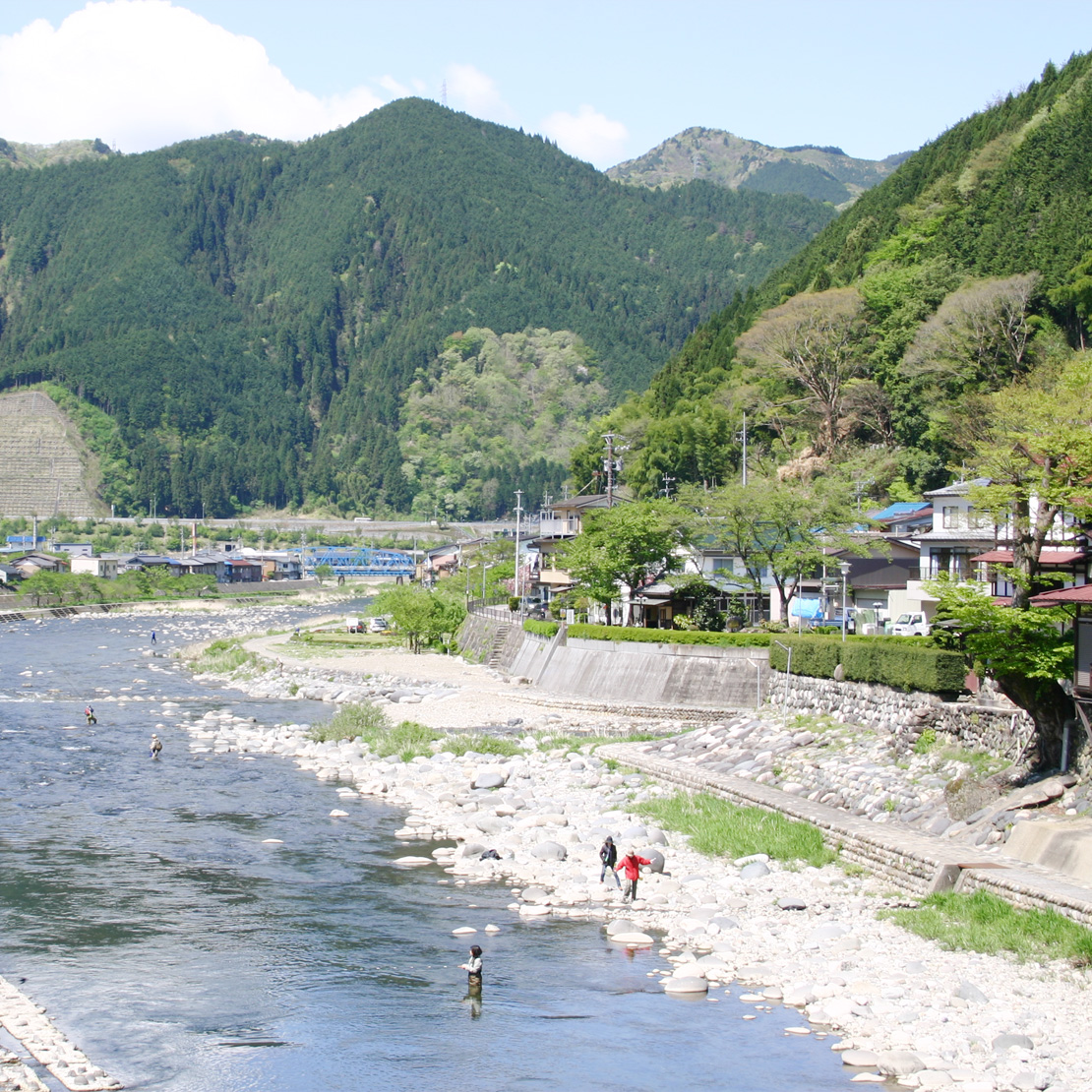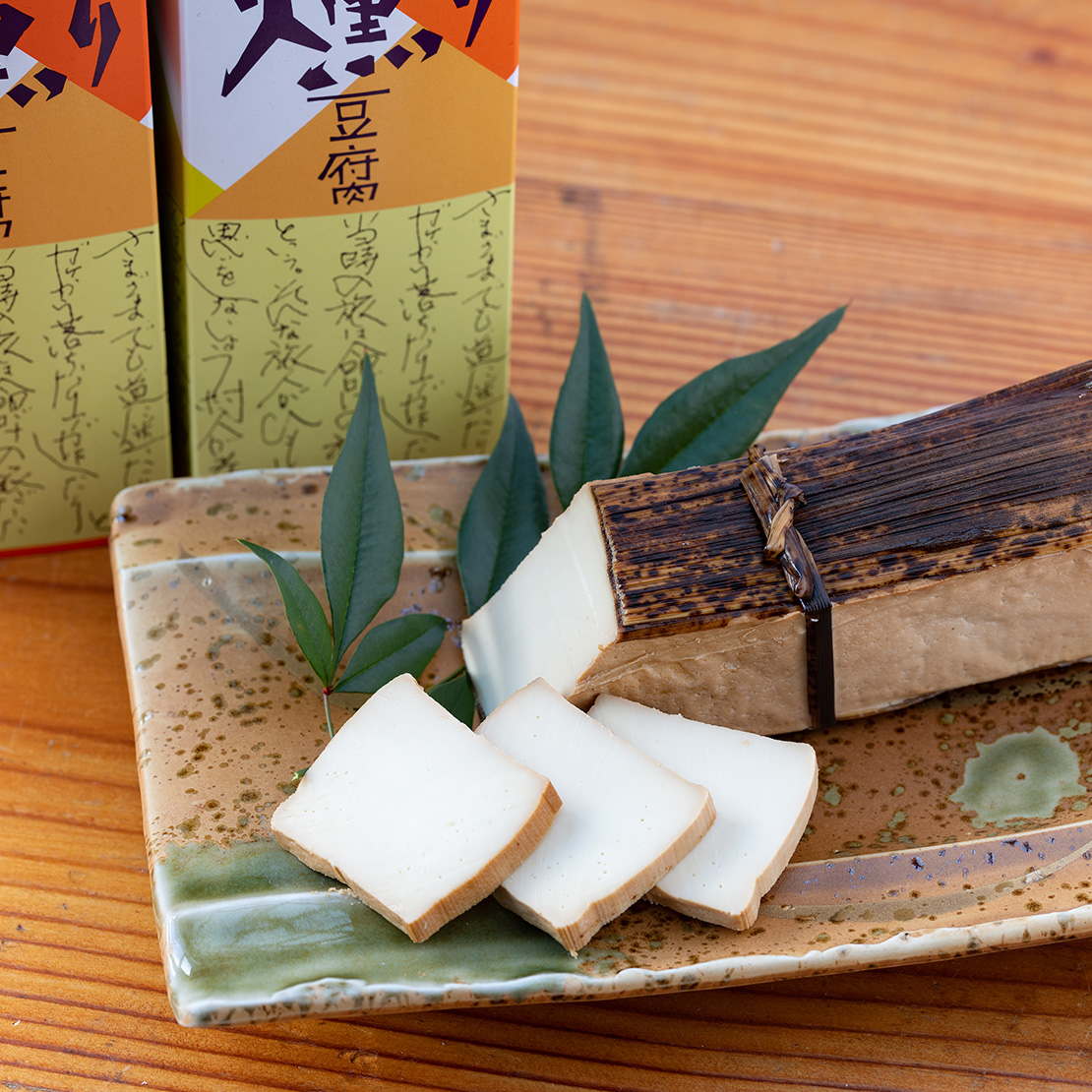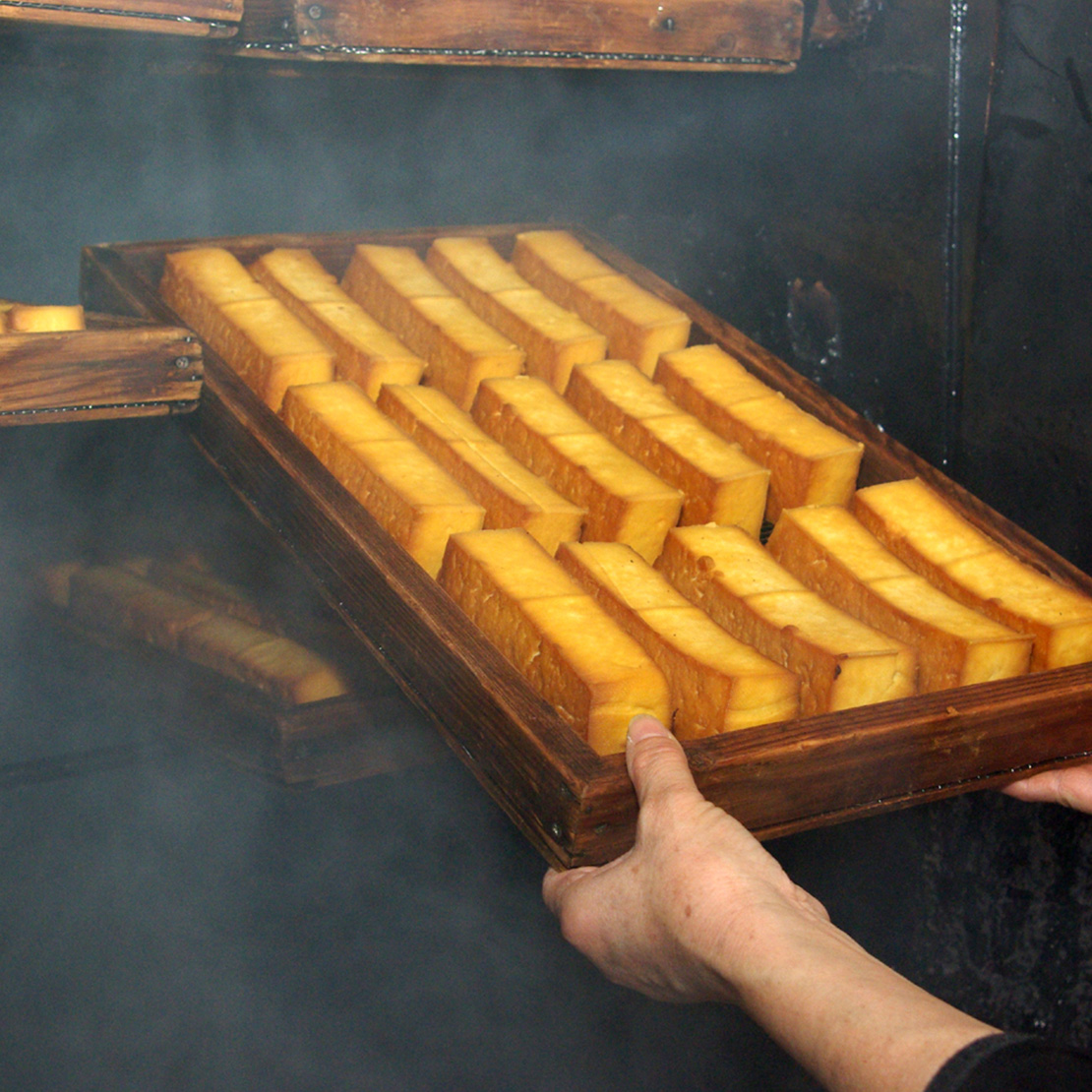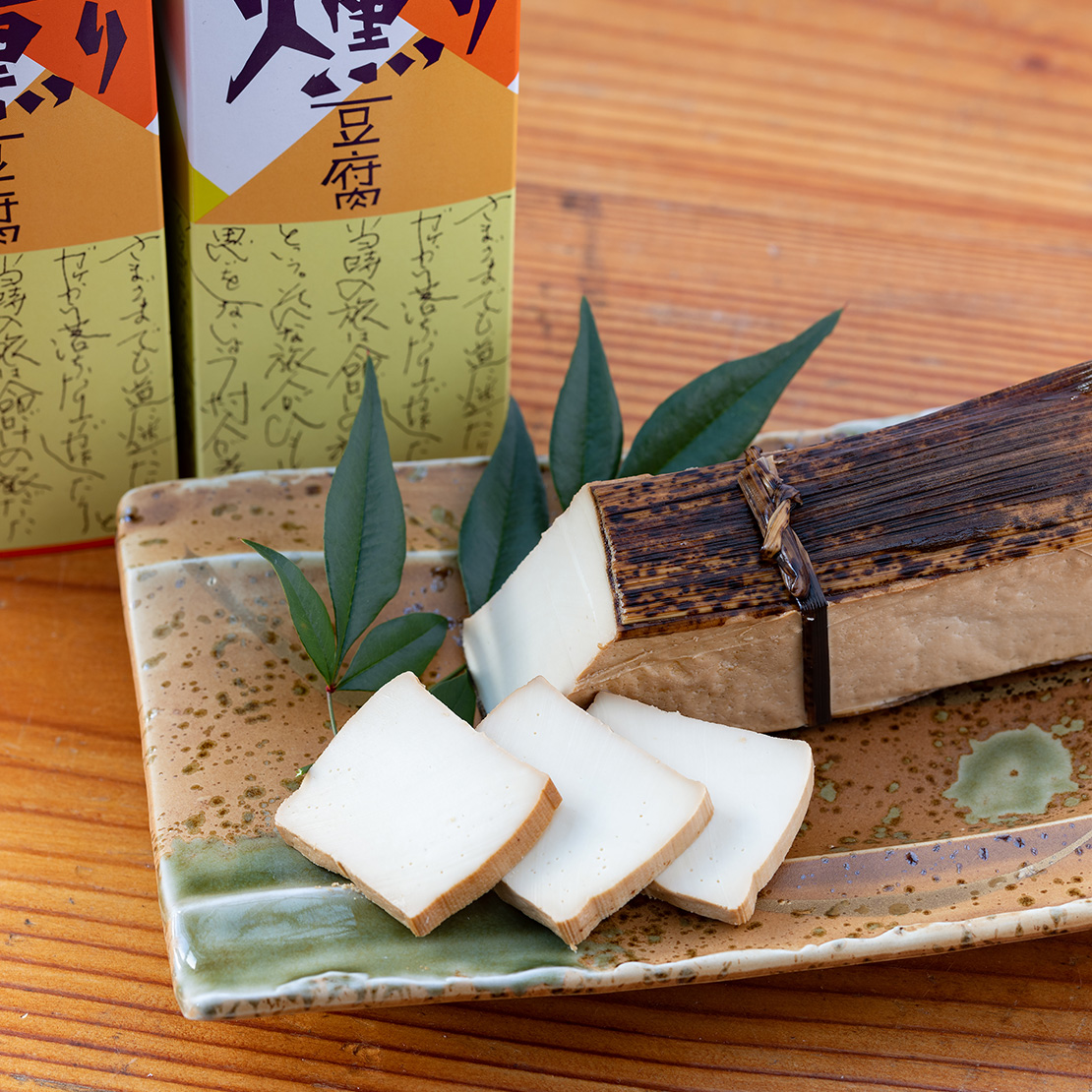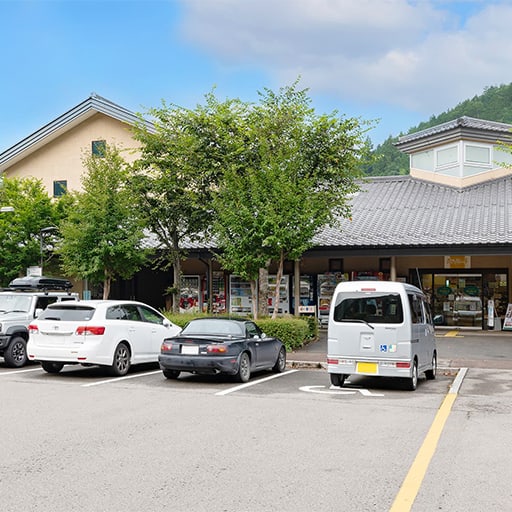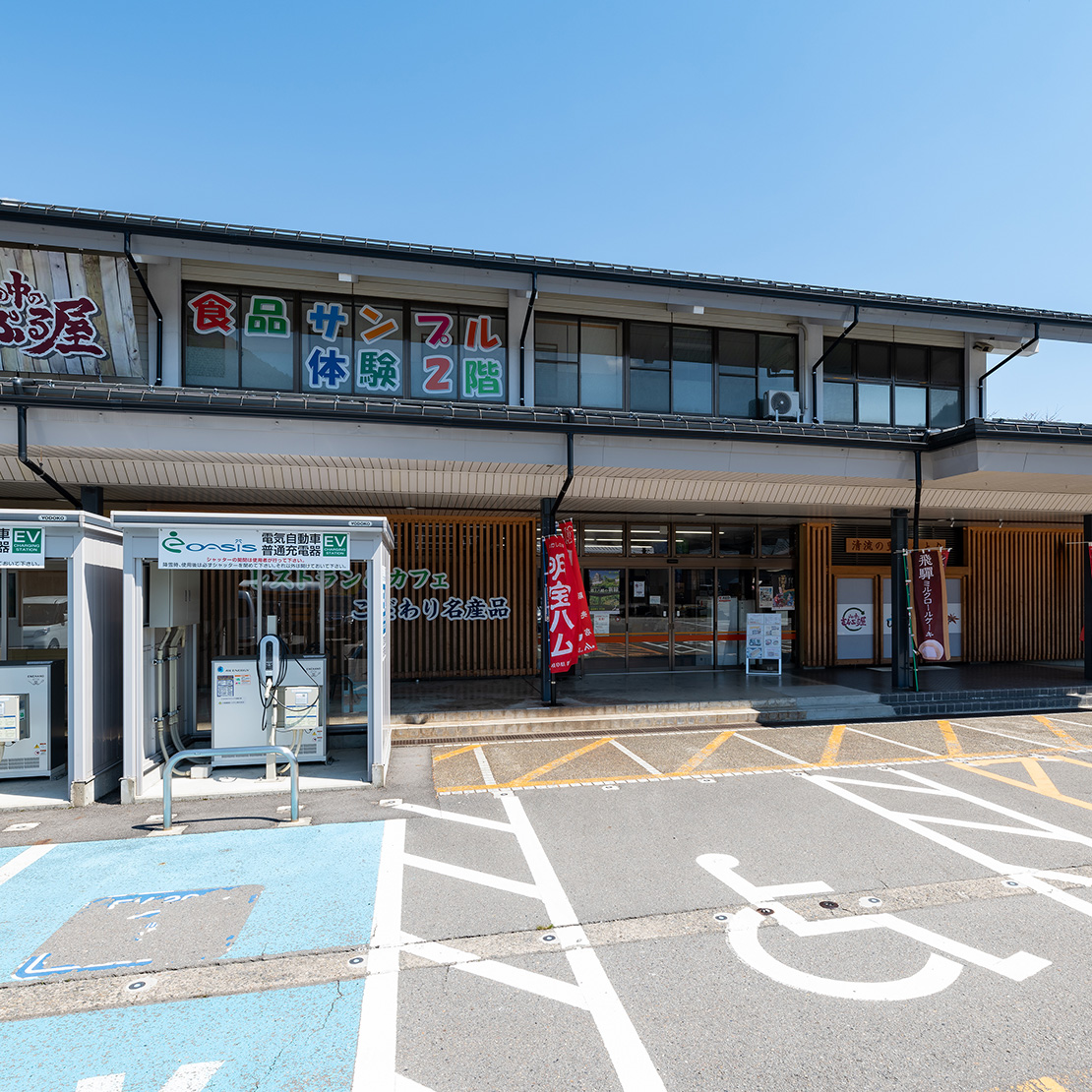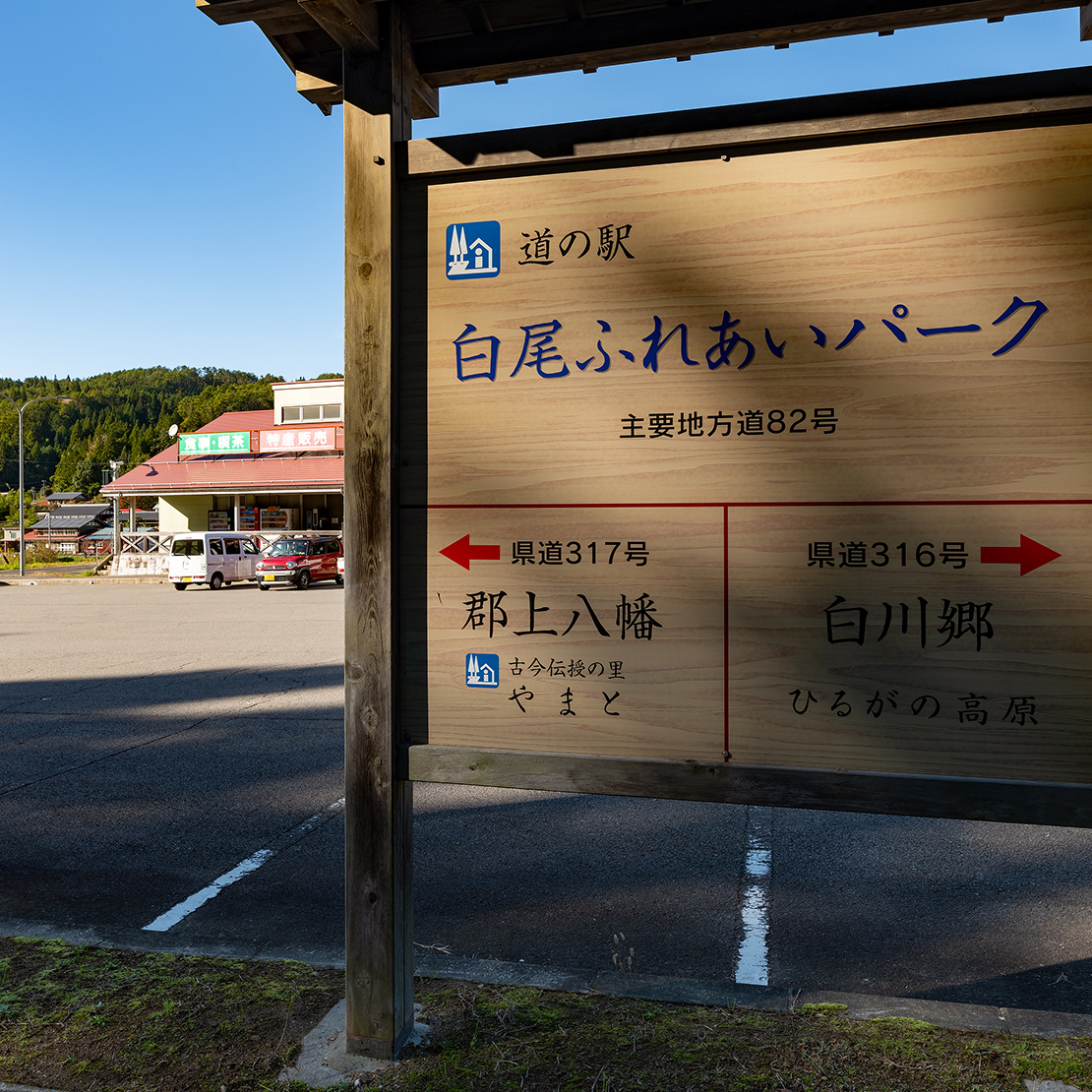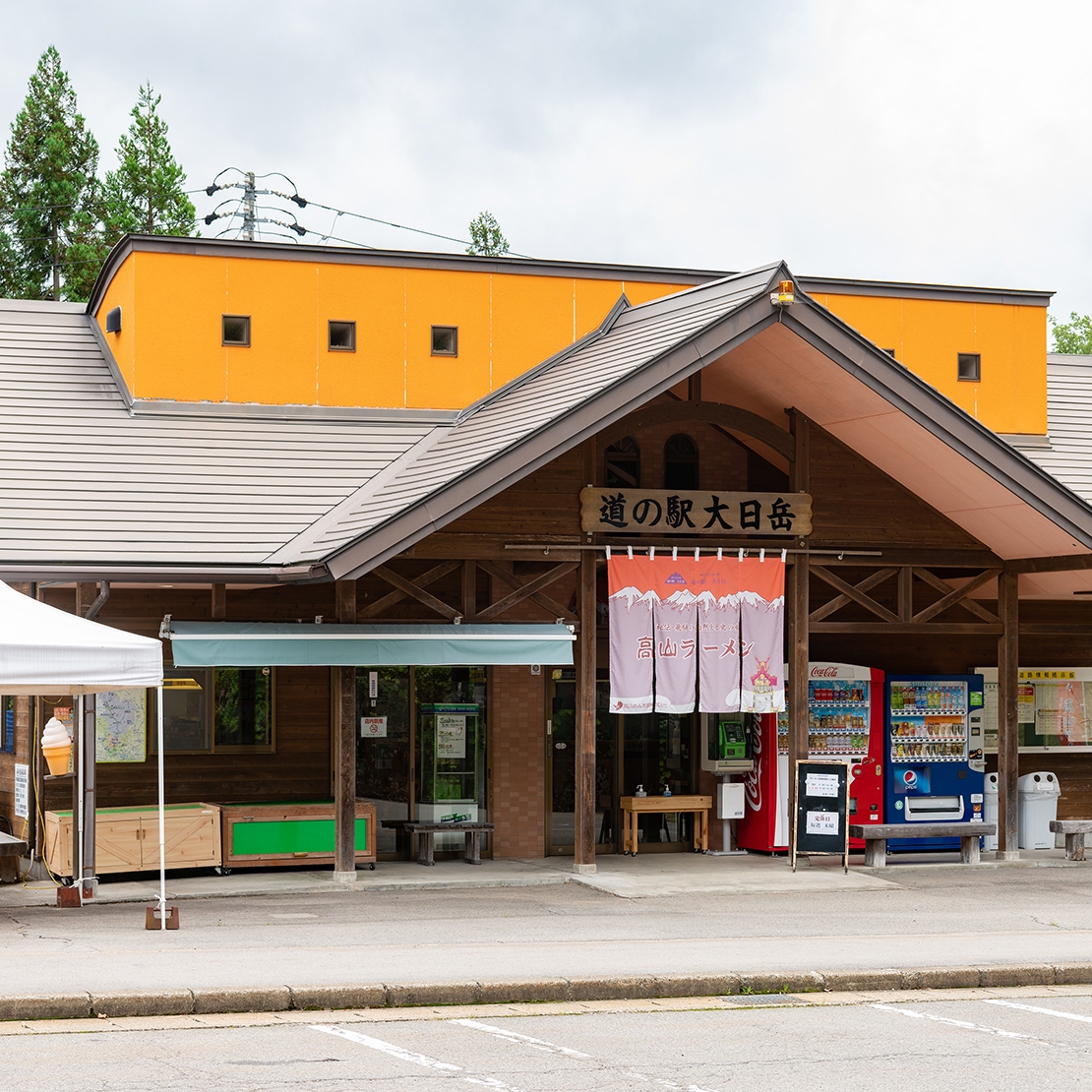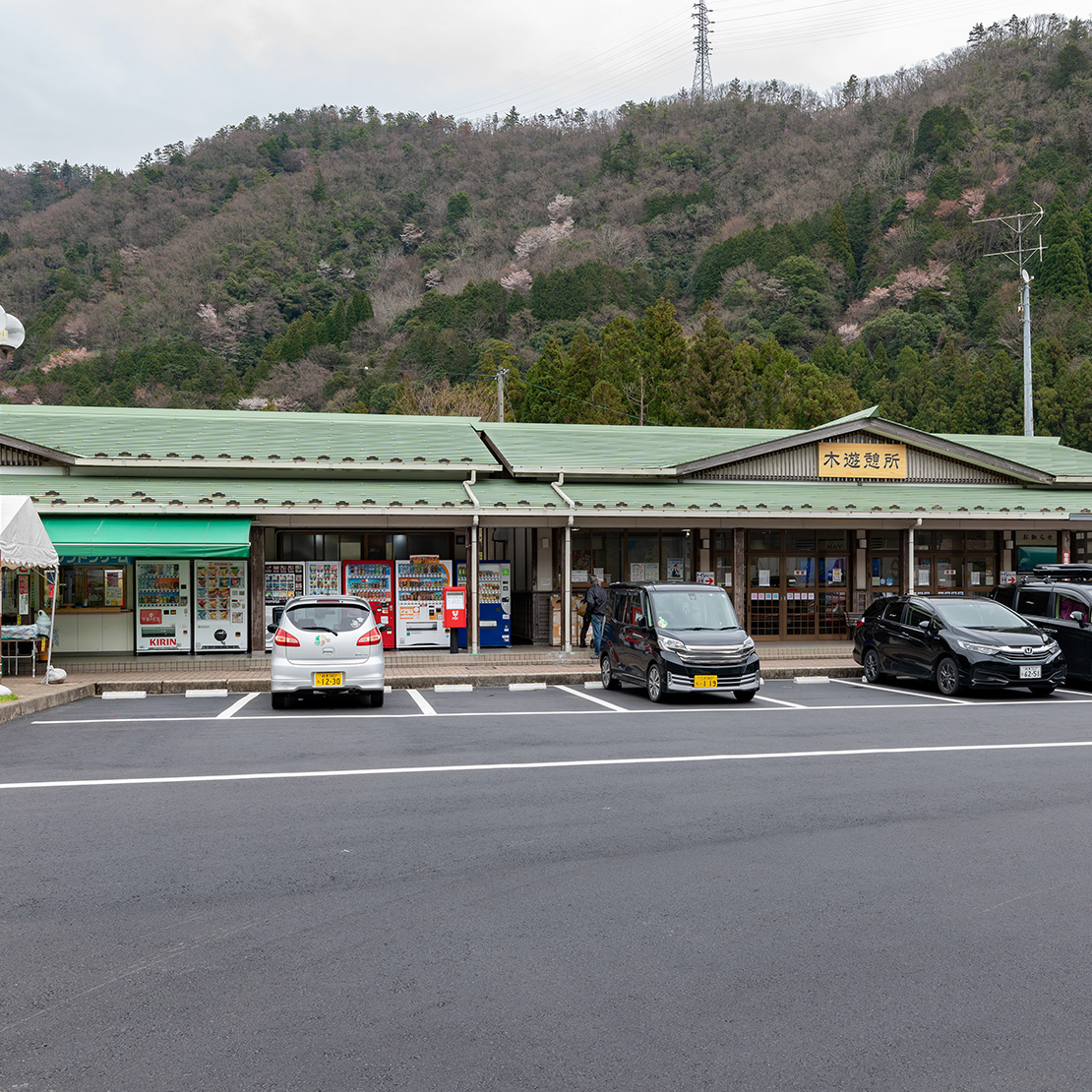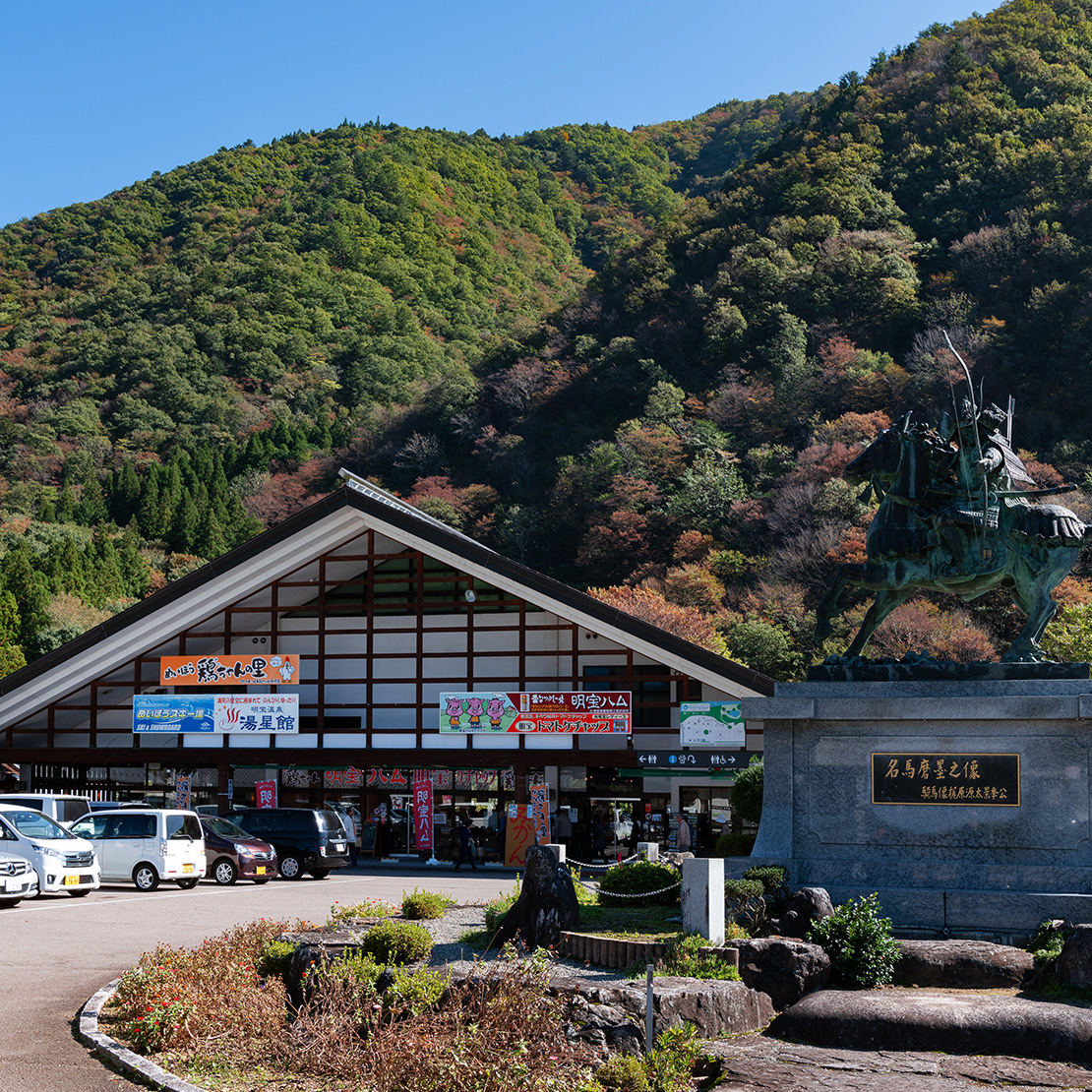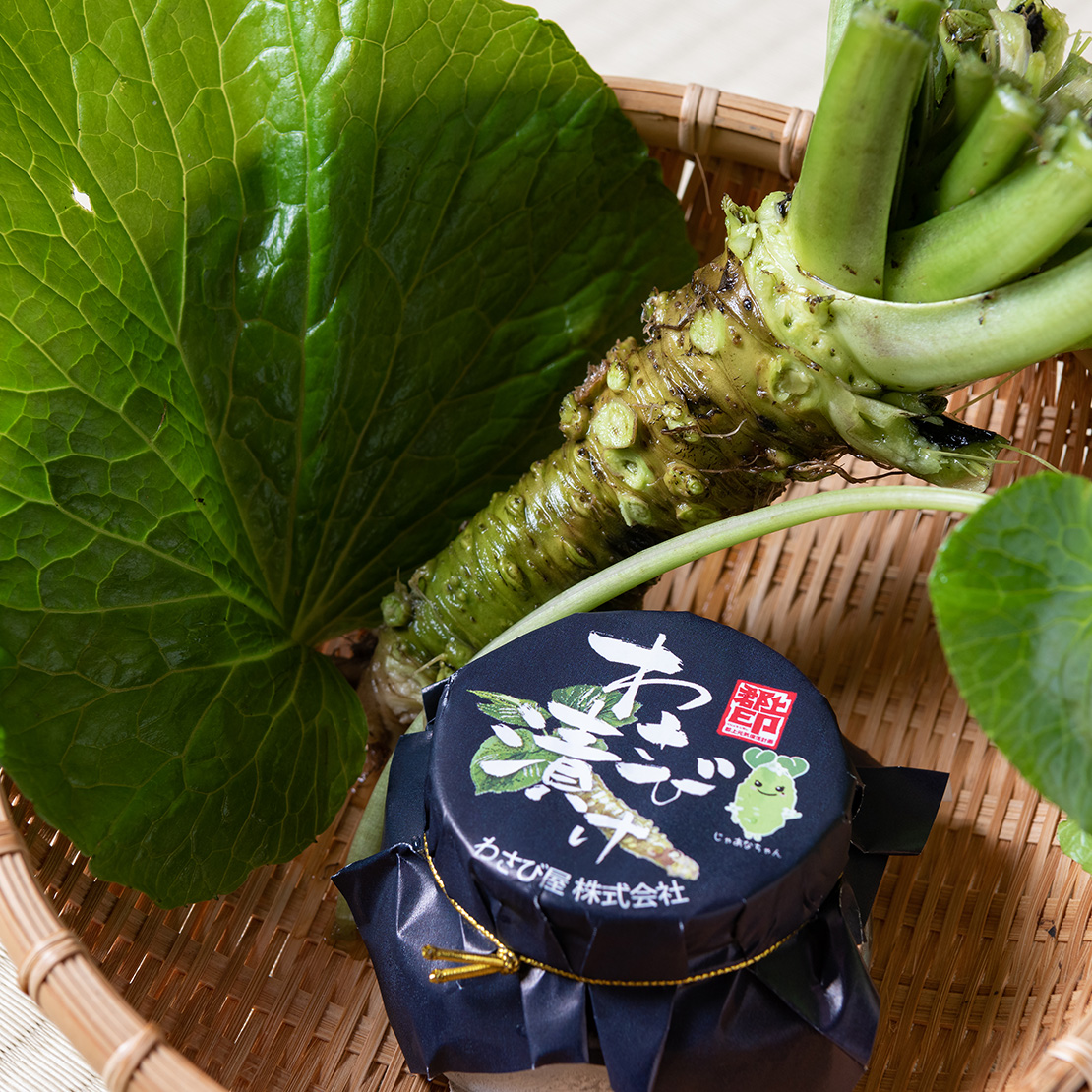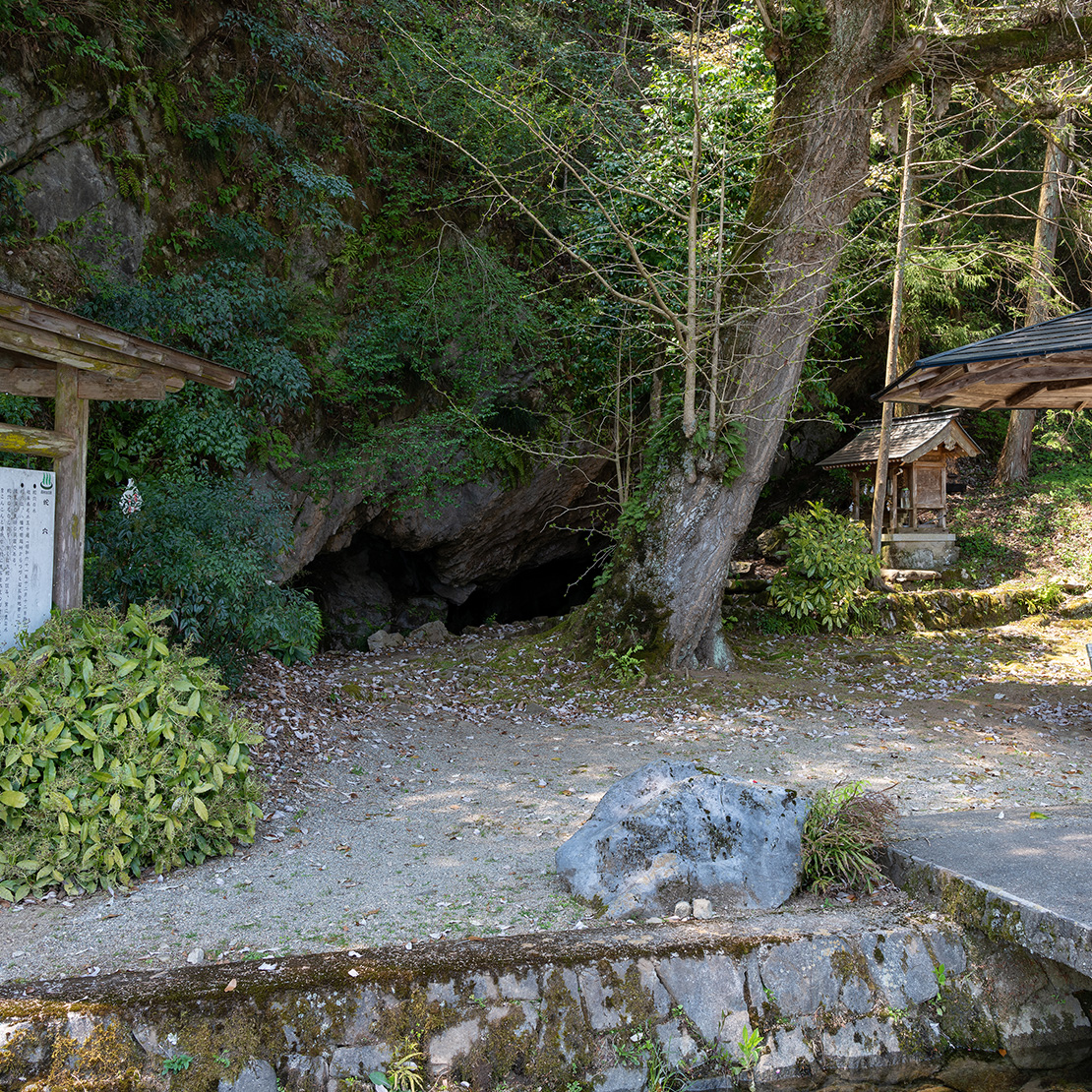Enjoy all the fruits of
mountain and nature
Gujo-shi still has a lot of precious food culture in people’s lives passed from the ancestors for a long time. A number of mountain village foods such as Tsukemono steak (Pickled steak) and Kei-chan (Stir fried chicken with miso sauce) both strongly reflect the wisdom of Gujo’s climate and lifestyle. Even the dishes are the same, the ingredients and seasonings gradually show their individuality in every home and store. Enjoy local cuisine that can only be enjoyed in Gujo, grown in pure water and abundant nature. Please also try local gourmet that was newly born in recent years!
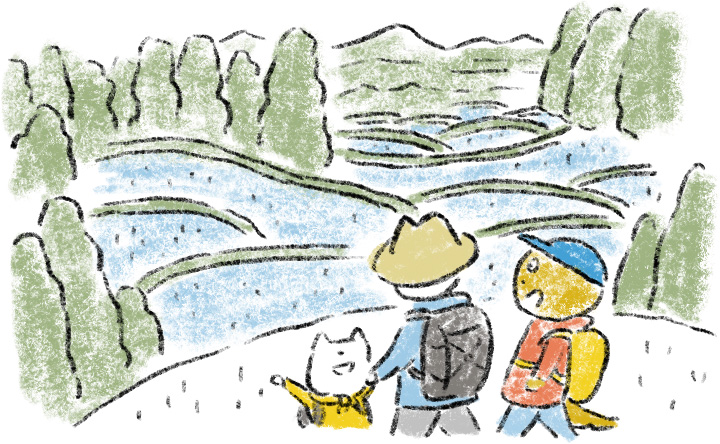
Gujo’s local cuisine
Gujo’s local cuisine
Gujo-shi consists of seven unique areas, from plateau area to urban area where you can feel the remnants of castle town. Local people are living together with the nature, like mountains such as Mt Hakusan, and clear water of Nagaragawa River, and you can clearly feel the changes of the four seasons.
Gujo ingredients
Various ingredients such as Ayu (Sweetfish) and Amago (Red spotted masu trout) grown in the clear stream Nagaragawa River, mountain blessings such as wild vegetable, wild boar meat and venison, and dairy products from dairy farming on the plateau are available in Gujo. Food culture in Gujo contains all the ingredients you can find here.
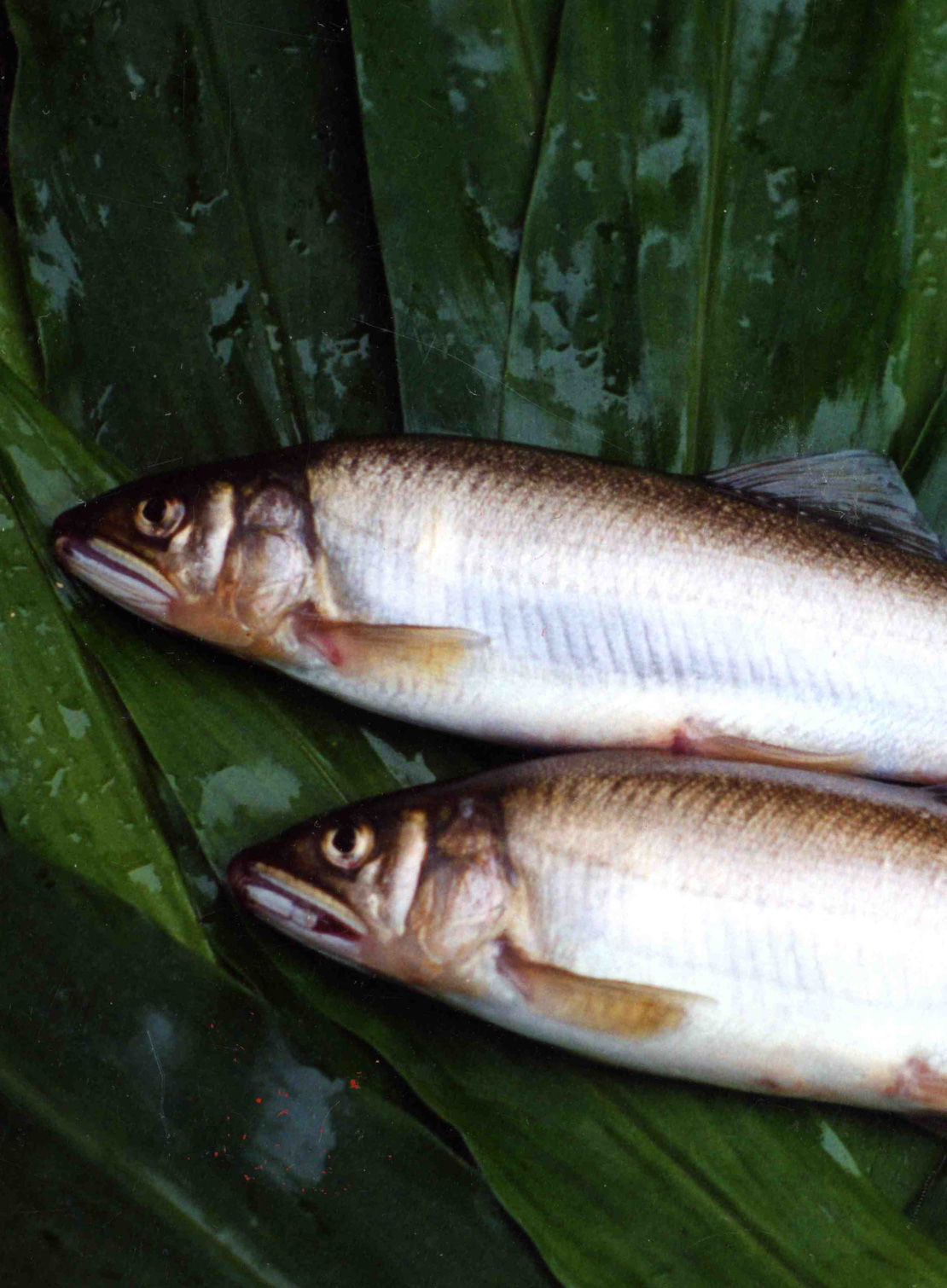

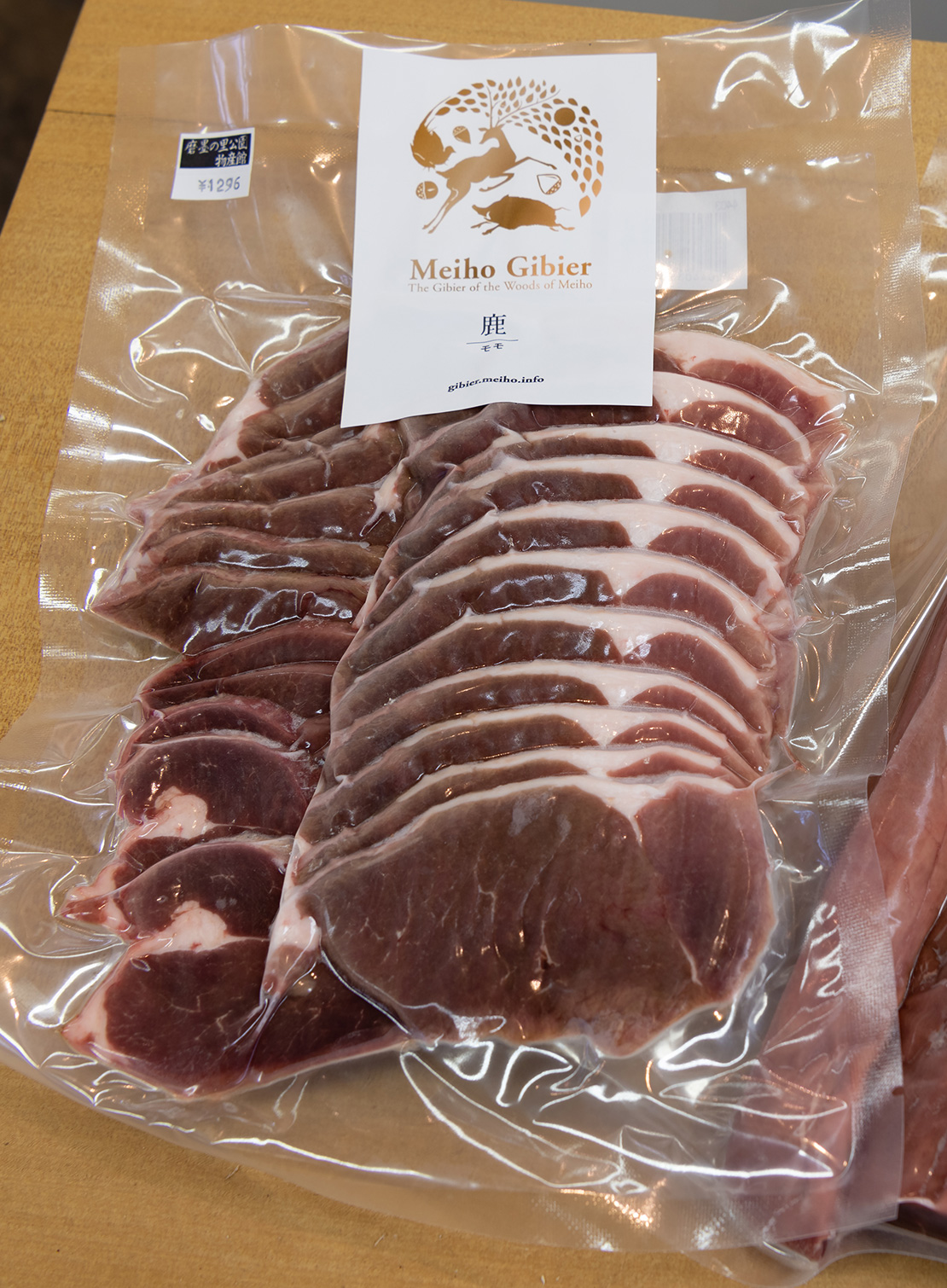
Tsukemono Steak (Pickled steak)
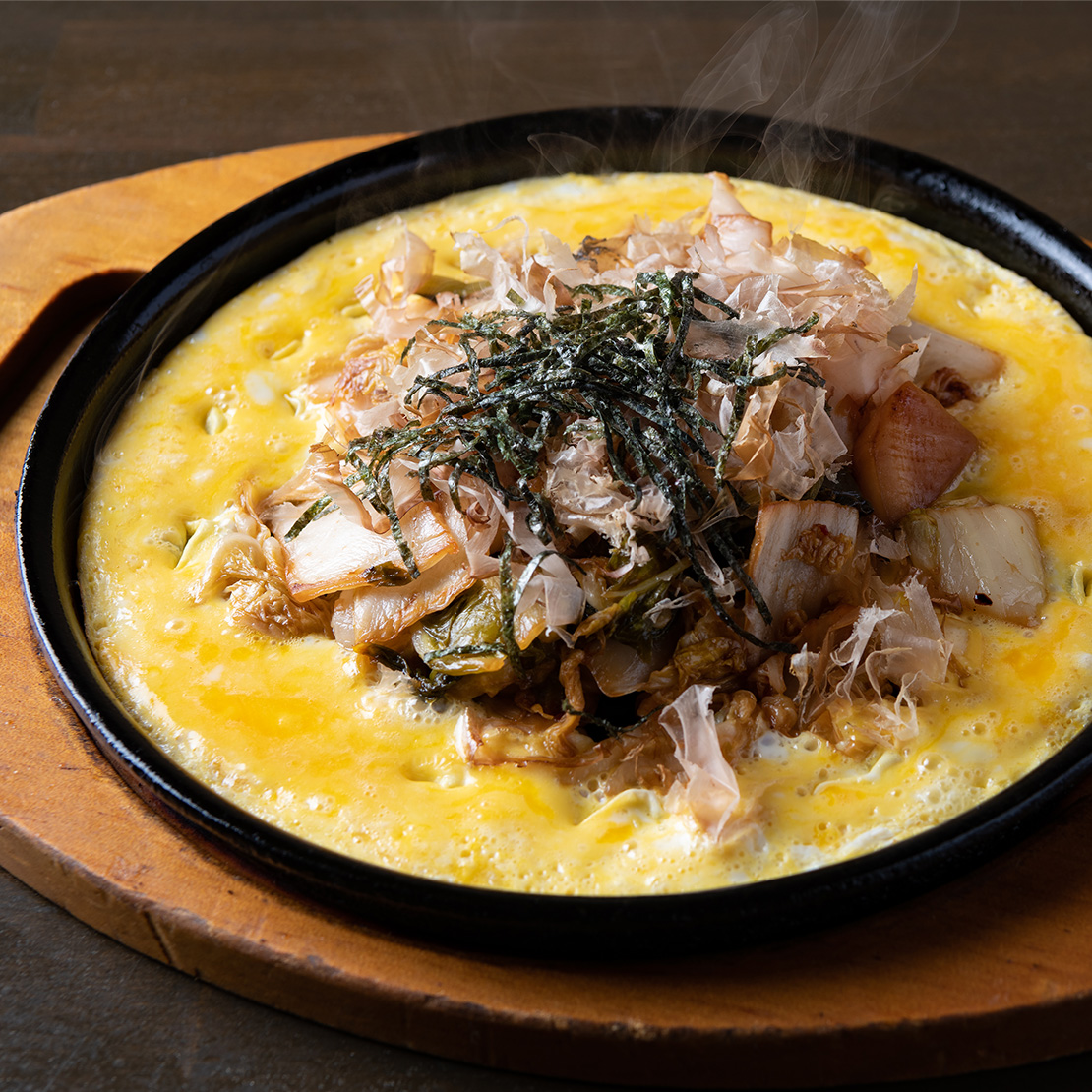
Since ancient times, Tsukemono steaks have been on dining table at homes in Gujo as a regular meal during cold winter. Kiri-zuke, made by cut and salted Chinese cabbage and turnips, is grilled on an iron plate or a pot, seasoned, and added with an egg. Seasoning varies depending on families. Some of them use miso and some use soy sauce. In addition, since many families in Gujo prepare their own miso, the taste of miso varies from different families, giving it a unique taste. The important point of Gujo’s Tsukemono steak is to use long-pickled pickles. It has a sour taste, so it matches perfectly with the soft-boiled egg. Not only is it popular as a home-cooked dish, but it is also popular as a side menu at Izakaya (Restaurant & tavern), and it can be said to be one of Gujo’s most representative local dishes.
Restaurants where you can eat Tsukemono steak
Izumisaka
Akari

Tsugijiru
Tsugiju is a local dish that has been handed down from the pass in Kanmizu of Meiho area at Gujo-shi. It looks like Sumashi soup (Clear soup), but it is a rare soup with a slightly spicy because they added Konbu (Kelp), dried Shiitake mushrooms, and dried sardines. Ingredient added is handmade tofu only, which is very simple. Cut tofu into small pieces so that water does not come out and soup does not dilute. Origin of this Tsugijiru is not clear, but it was served with rice and vegetarian food on the day during Buddhist memorial service was held at a temple in Kansui area. At that time, it was called Tsugijiru because it was mixed with a special pot called Kitatate with a single chopstick and passed from one person to another with a bowl. Currently, you can try it at the cafeteria Okamisan operated by Meiho Ladies at Roadside Station Meiho (Surusumi-no-sato Park).
Restaurant where you can try Tsugijiru
Japanese cuisine Okami-san
Motai Iburi tofu
Motai Iburi tofu has been one of preserved food since ancient time at Motai area of Yamato-cho of Gujo-shi. In Motai area, where was originally a post town, Iburi tofu was useful as a preserved food for travelers as a supplement or their nutrition. Gujo’s miso is used for tofu made from natural bittern, seasoned, dried, and then smoked with cherry chips to make fragrant smoked tofu. It looks and tastes very similar to smoked cheese, but tofu flavor spreads in your mouth when you eat it. It is also perfect as a companion with sake, and you can enjoy it together with soy sauce, wasabi, mayonnaise, etc.
Restaurant where you can find Motai Iburi tofu
Gujo Wasabizuke (Pickled Japanese horseradish)
Wasabi is a spice that is familiar to Japanese people. In fact, it can only be grown under harsh conditions, such as a cool climate, avoiding direct sunlight, and abundant fresh water with a constant water temperature throughout the year. Jaana Shimizu in Wara-cho of Gujo-shi is a rare place with a perfect environment for growing wasabi. Gujo Wasabi is grown in limestone cave without pesticides, leaving most of it to the power of nature. Legend has it that a large snake used to help villagers, and it is also a local spiritual place. There are various ways to make Gujo Wasabizuke depending on family. Basic method is to squeeze the stalks of fresh wasabi with salt and irritate it with boiling water to bring out the spiciness and soak it in soy sauce or vinegar. Wasabi can be harvested at any seasons, but the stems used for pickling wasabi are very valuable. Because they are only harvested in small quantities and harden after harvesting. Enjoy the unique stickiness, spiciness that spreads the refreshing flavor.
Restaurant where you can buy Gujo Wasabizuke
Hachiman Wasabiya




